If you are working in the tech field, I think you have already heard of Squads, Tribes, Chapters or Guild. It comes from Spotify, a swedish audio streaming company.If you are organizing #datateams, it could be tempting to copy/paste. You should really not !
The Spotify Model and Engineering Culture
If you want to go back to the original article, it his here. It has become a standard and you have many articles explaining again and again how great it is for Agile at Scale (just Googling it). It looks beautiful isn’t it no ? And the “aha” moment was to explain every concept like it was the solution to all of our problems.
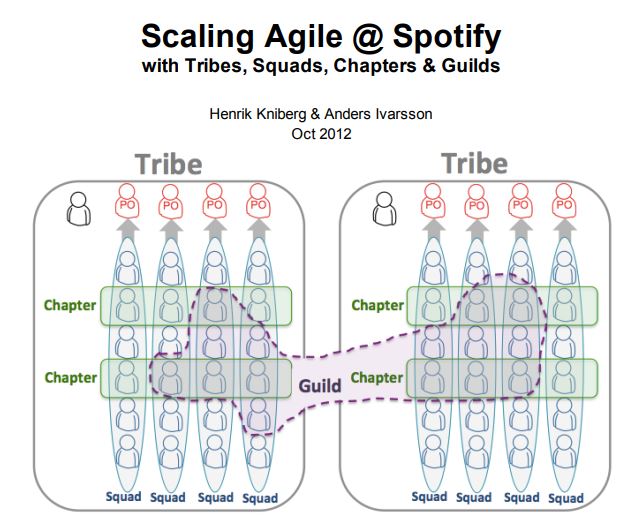
But you have even better than that, I was fascinated by these 2 materials about the Engineering Culture.
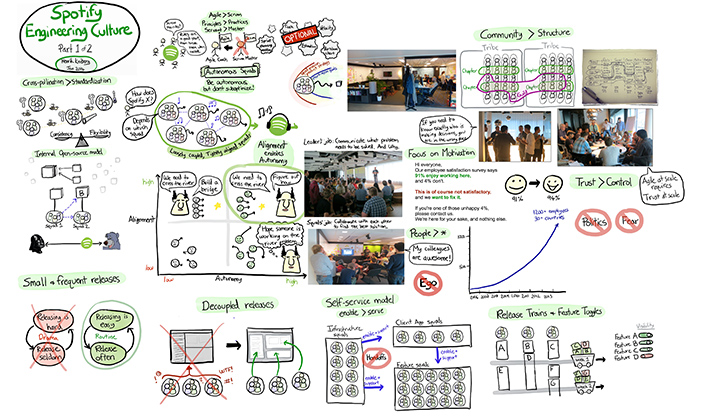
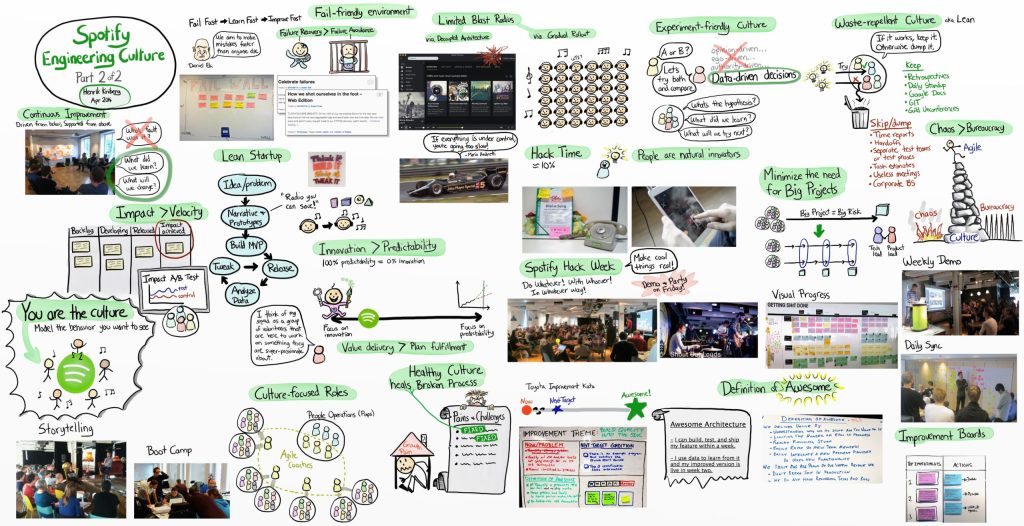
You have videos (part 1, part 2) explaining how does it work. It was like a revolution in a world still dominated by the V cycle and it looks so simple (thanks to these funny graphics) and so obvious. I am still using some of these concepts especially this one : “Trust > Control”. I do love it.
2020… The end of the Utopia
First, you have the feedback from inside with this presentation “There is no Spotify Model”. Marcin Floryan (Director of Engineering @ Spotify) can’t be clearer and his argument was that you should have read the disclaimer.

A very important disclaimer indeed, the meaning is about that organisations should not be “frozen” in a model. They have to evolve and must be adapted.
But you have even more with this article “Spotify’s Failed #SquadGoals – Spotify doesn’t use “the Spotify model”
and neither should you.”. And Jeremiah Lee (a former Spotify member) message was quiet clear.
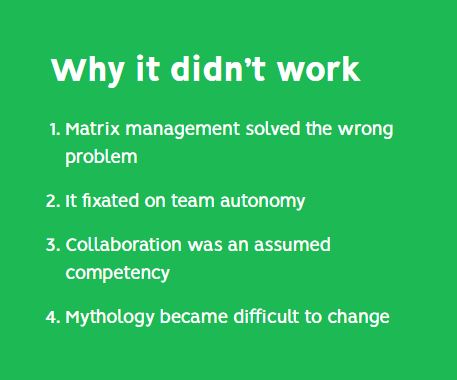
- Matrix management or the weakness of the chapter lead position : in this organisation, “Chapter leads are servant-leaders who help you grow as an individual.”. It is important but not enough if you want to reach technical excellence. Your engineers are just like the hamster on a wheel. You are not building anything solid without a strong tech leadership.
- Team autonomy or you are not living alone : giving autonomy to a team does not mean they will not have any relationships with the rest of your organisation. Managing alignment, accountability and relationships with others is even more important than autonomy.
- Collaboration or putting people together is not enough : like you need technical excellence, you need collaboration excellence too. You need tech Leads, you need “collaboration” Leads too.
- Mythology or the gap between with the reality : squads, tribes, chapters and guilds look cool and different. It was not. It was just a renaming.
This book could help
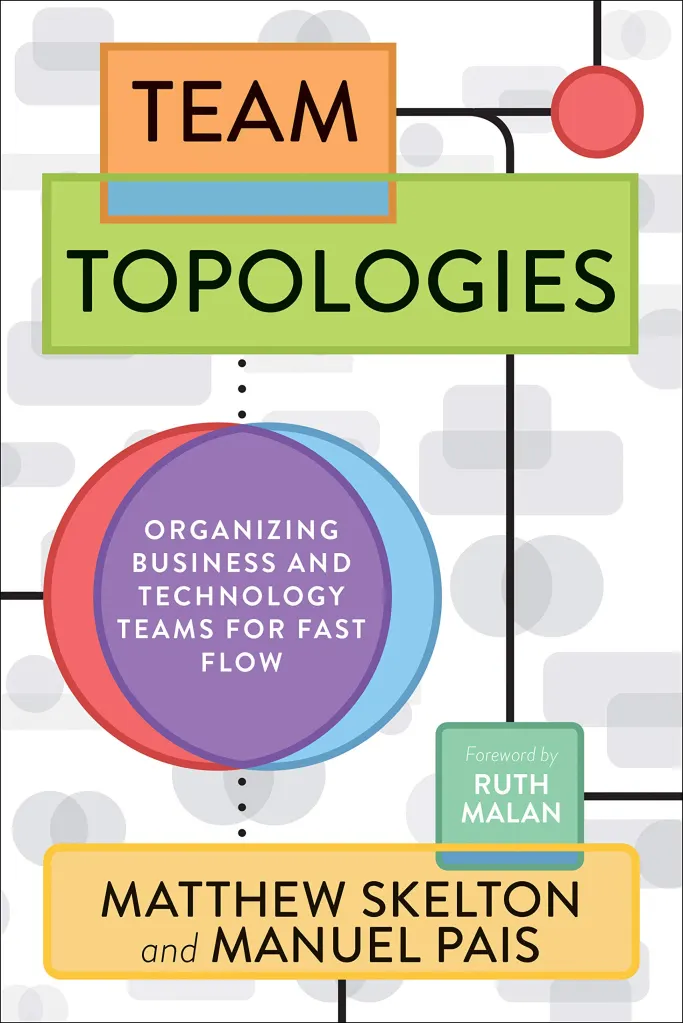
This book is focus on organizing business and technology teams. It is a much more complex than just having cross functional teams. It is about having different team topologies and how they should collaborate.
The best part is about the relationship between teams : you can define the most effective way to collaborate.
You have this video doing the link between the spotify model and this book here.
And the most important point, it is also about triggers for change and evolution.
Conclusion
There is no magic key ! You have to find inspiration in good practices (true one) but you have to adapt it to your context and your subject. And mostly, you have to do it every day !
One thought on “The rise and fall of the Agile Spotify Model”